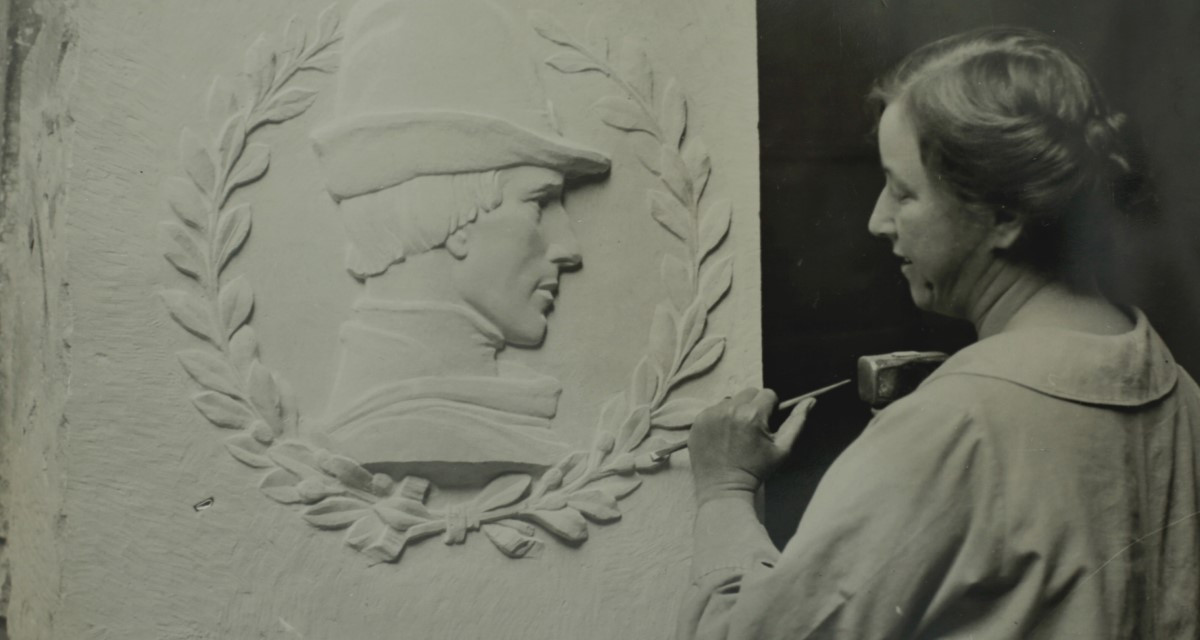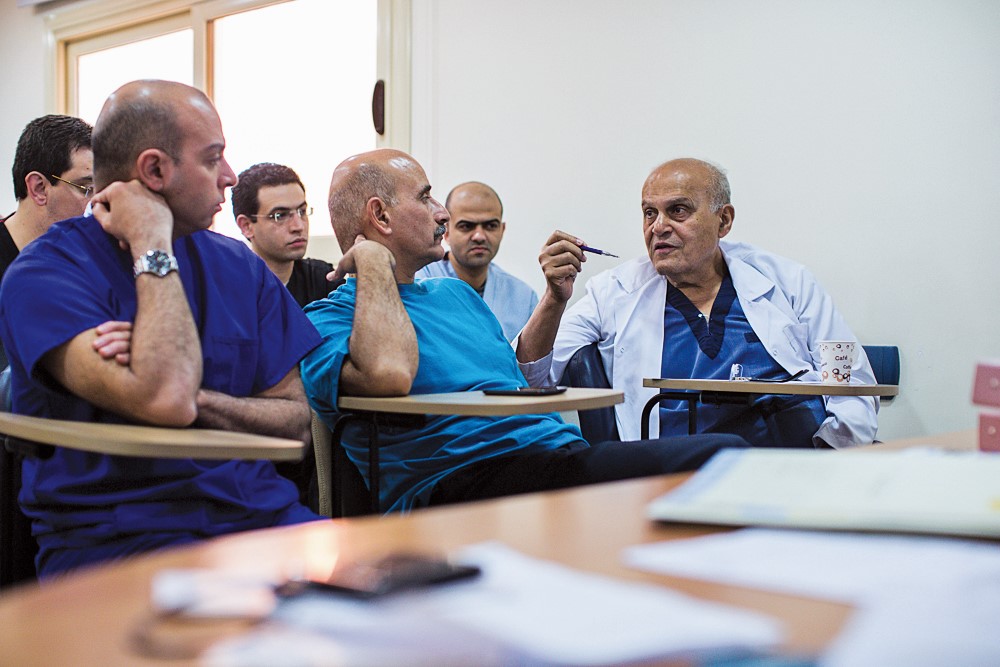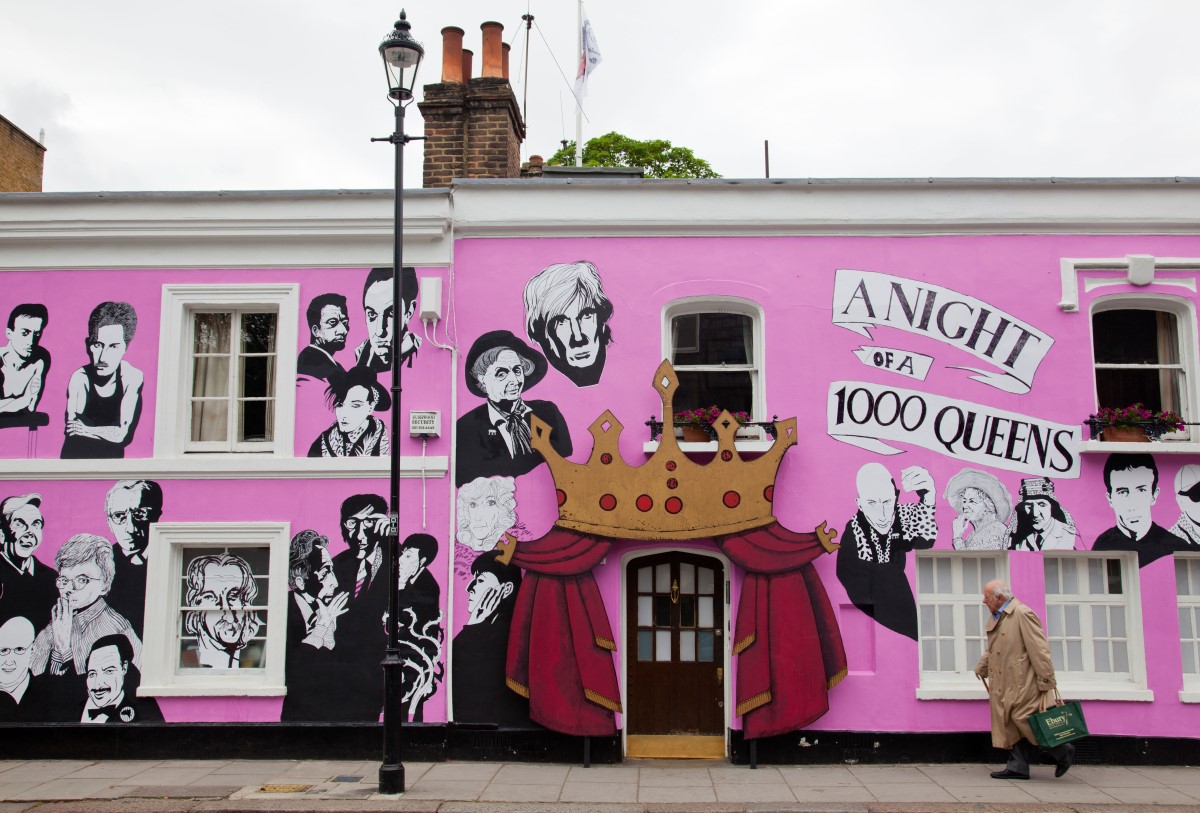First issued in 1953 to mark her coronation, the portrait of Queen Elizabeth II imprinted on coins in Britain and throughout the commonwealth remains a lasting image, but much less is known about the portraitist behind it. While Chelsea artist and resident Mary Gillick immortalised an icon, as historian Ian Foster reveals, her wider portfolio deserves more recognition.
Cast in bronze and adorned with a humble laurel wreath, her fresh-faced features skilfully rendered, the image of Queen Elizabeth II is still as iconic now as it was when it first circulated via British coinage in 1953.
For most it is a widely proliferated symbol of monarchical power. For an older cohort it is a nostalgic motif, a throwback to a time when royalty was a profoundly important cog in public life. For revisionist historians it captures the hopeful exuberance of a fractured nation embracing a young female ruler. And yet, despite the popularity of the portrait in question, the woman who made it remains relatively unknown.
Born in Nottingham in 1881, Mary Gillick moved to London to study at the Royal College of Art in 1902 under the tutelage of famed French sculptor Édouard Lantéri. After graduating Gillick had her first exhibition at the Royal Academy in 1911 for which she designed awards medals and stone and bronze relief sculptures.
Gillick settled in Chelsea with her husband Ernest where they established a studio on the King's Road, then a social and creative playground for the vibrant Chelsea arts scene of the 1920s. Their clientele included the trailblazing realist painter Dame Laura Knight with whom Mary and Ernest regularly travelled with to the Lamorna artists’ colony in Cornwall, a creative refuge for Knight and members of the Newlyn School.
Unlike Ernest who was better known in artistic circles until he passed away in 1951, Mary Gillick found notoriety later in life. She was 71 when her effigy design was selected to commemorate Britain’s new monarch, with the world’s press briefly turning the spotlight on the artist.
Perhaps the most interesting element of Gillicks’ design is her decision to portray the young Queen without a ceremonial crown, a move that anticipated Elizabeth’s quiet dignity and humility. Quite why Gillick made that decision is open to debate, but local historian Ian Foster has a theory.
“After the war, there was a new beginning. Speaking to people who were around at the time, they talk about a new Elizabethan era. So, this new Elizabeth embodied both a man and a woman in a way,” Foster says.“I think Mary created this image so that she was young and vibrant, and not so much a queen that would be aside from the people, but somebody who would be with them.”
That image of a youthful Elizabeth II decorated coins in myriad Commonwealth countries until decimalisation came into force in 1971, but it continued to be used on commemorative stamps for years afterwards. Given its huge symbolic power it's surprising that the woman who made it isn’t more revered.
“I think that image of the queen is iconic and it's the one of the most recognised images of the 20th century, so Mary is [also] worth being remembered,” Foster says. “She was in commemorative art, and yet Mary herself has not been commemorated.”
To that end Foster has been working to promote awareness of Gillicks’ work along with Mary’s nieces, Katherine and Julia, seeking to preserve her sculptures – some of which still reside outdoors – from being damaged. On May 7 he presented a talk at Gillicks’ former home and studio exploring Mary's life and work with a special focus on her time spent in Chelsea.
“She's done some great work, and has been inspirational all around the world, and yet, she's hardly known,” Foster says. “When I approached English Heritage, suggesting that there be a blue plaque on her old house and studio they rejected the application. They've since reconsidered and a new application will be made shortly. It has been a great challenge getting her recognised.”

Despite these struggles, there are signs that these efforts are being rewarded. A new book written by Philip Attwood chronicling Gillicks’ work and influences will be published at the end of April. Meanwhile, The Asahi Shimbun Displays at the British Museum will feature items donated by the artist's family and will run until July 31st as part of Her Majesty’s Platinum Jubilee celebrations.
While they might not elevate her to icon status, these contributions can only help get the talented iconographer the posthumous recognition she deserves.








